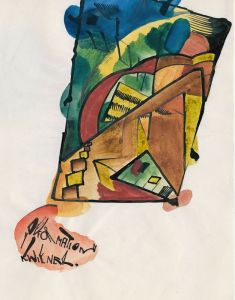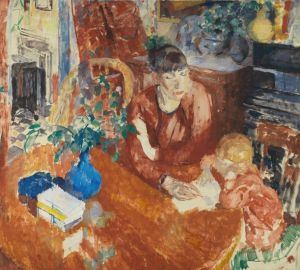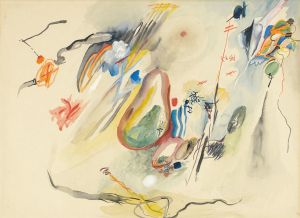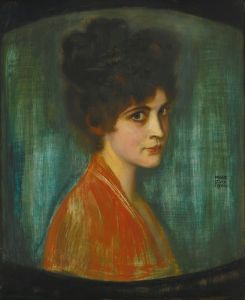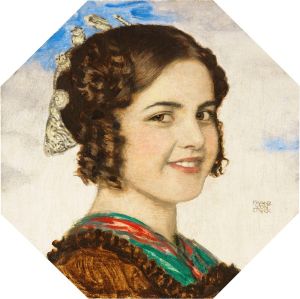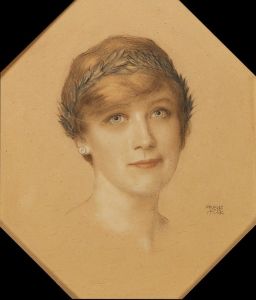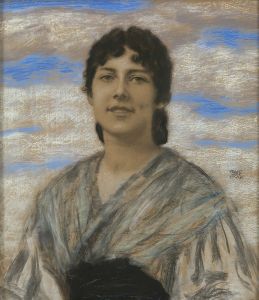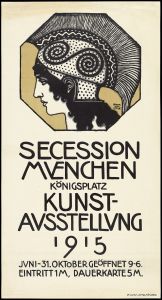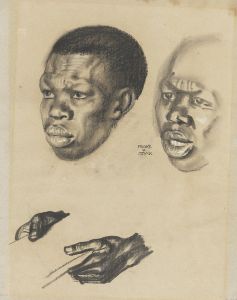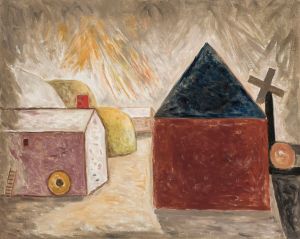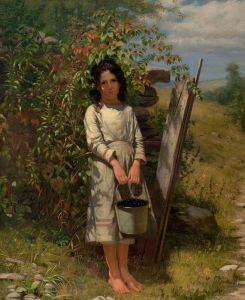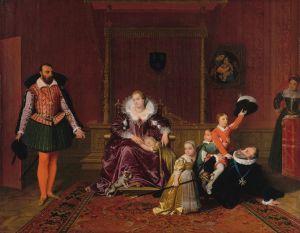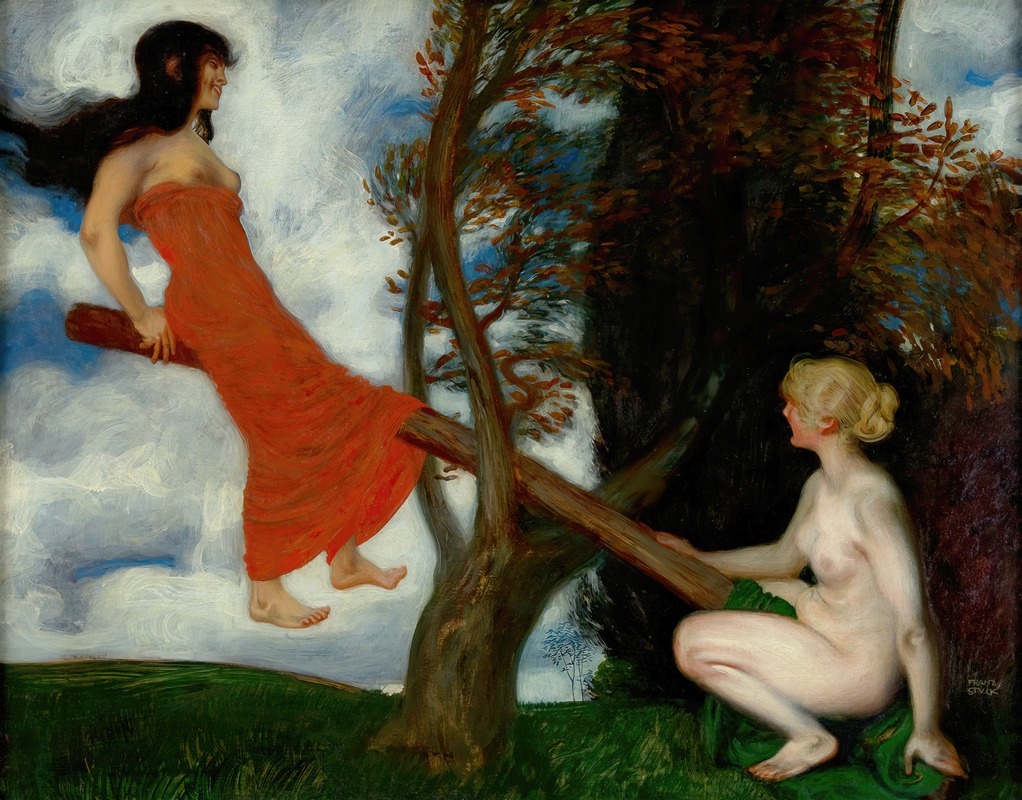
The Seesaw
A hand-painted replica of Franz von Stuck’s masterpiece The Seesaw, meticulously crafted by professional artists to capture the true essence of the original. Each piece is created with museum-quality canvas and rare mineral pigments, carefully painted by experienced artists with delicate brushstrokes and rich, layered colors to perfectly recreate the texture of the original artwork. Unlike machine-printed reproductions, this hand-painted version brings the painting to life, infused with the artist’s emotions and skill in every stroke. Whether for personal collection or home decoration, it instantly elevates the artistic atmosphere of any space.
Franz von Stuck's painting "The Seesaw" is a notable work by the German symbolist artist, who was active during the late 19th and early 20th centuries. Stuck, born in 1863 in Tettenweis, Bavaria, was a prominent figure in the Munich Secession movement and is known for his mythological and allegorical subjects, often imbued with a sense of mystery and drama.
"The Seesaw," created in 1898, exemplifies Stuck's fascination with the interplay of human figures and symbolic elements. The painting depicts a group of figures engaged in the playful yet precarious activity of seesawing. This work is characteristic of Stuck's style, which often blends realism with fantastical elements, creating a dreamlike atmosphere. The figures in "The Seesaw" are rendered with meticulous attention to detail, showcasing Stuck's skill in capturing the human form and his interest in exploring themes of balance and tension.
Stuck's use of light and shadow in "The Seesaw" adds to the painting's dramatic effect, highlighting the figures against a subdued background. This technique draws the viewer's attention to the central action of the seesaw, emphasizing the dynamic movement and the physical and metaphorical balance being portrayed. The composition of the painting is carefully structured, with the seesaw acting as a diagonal axis that divides the canvas, creating a sense of movement and instability.
The painting reflects Stuck's broader artistic interests, including his exploration of human emotions and the complexities of human relationships. "The Seesaw" can be seen as an allegory for the ups and downs of life, the balance between joy and sorrow, and the interconnectedness of individuals. This thematic depth is a hallmark of Stuck's work, which often invites viewers to contemplate deeper meanings beneath the surface of his visually striking compositions.
Franz von Stuck was a key figure in the Munich art scene, and his work, including "The Seesaw," contributed to the development of Symbolism in Germany. He was also an influential teacher, counting among his students the renowned artist Paul Klee. Stuck's impact on the art world extended beyond his paintings; he was also an accomplished architect and designer, known for his work on the Villa Stuck in Munich, which served as both his residence and studio.
"The Seesaw" is part of Stuck's broader oeuvre, which includes other famous works such as "The Sin" and "Salome." His paintings are characterized by their rich symbolism, dramatic compositions, and the use of mythological and allegorical themes. Stuck's ability to blend realism with imaginative elements has earned him a lasting place in the history of art.
Today, Franz von Stuck's works, including "The Seesaw," are held in various public and private collections, and they continue to be studied and appreciated for their artistic and historical significance. His contributions to the Symbolist movement and his influence on subsequent generations of artists underscore his importance as a pivotal figure in the transition from 19th-century academic art to the more experimental approaches of the 20th century.





